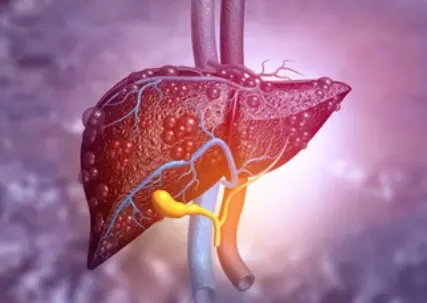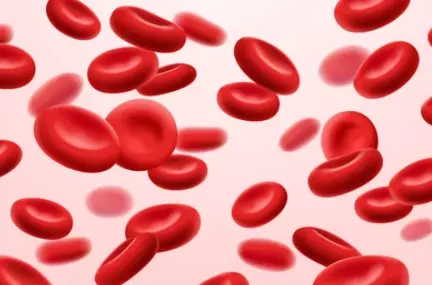 Welcome
Welcome
“May all be happy, may all be healed, may all be at peace and may no one ever suffer."
- A
- B
- C
- D
- E
- F
- G
- H
- I
- J
- K
- L
- M
- N
- O
- P
- Q
- R
- S
- T
- U
- V
- W
- X
- Y
- Z
Chronic atopic dermatitis - Generics
Chronic atopic dermatitis, also known as atopic eczema, is a long-term inflammatory skin condition that is characterized by red, itchy, and scaly skin. It is a type of eczema that is caused by a combination of genetic and environmental factors, including a weakened skin barrier, immune dysfunction, and exposure to irritants or allergens.
Symptoms of chronic atopic dermatitis can vary in severity and may include dry, thickened skin; red or brown patches; small, raised bumps that may ooze or crust; and intense itching. The condition may affect different areas of the body, such as the face, neck, arms, and legs, and can cause significant discomfort and emotional distress.
Treatment for chronic atopic dermatitis typically involves a combination of topical and systemic therapies. Topical treatments include emollients, which help to hydrate and protect the skin, and topical corticosteroids, which help to reduce inflammation and itching. Other topical treatments that may be used include calcineurin inhibitors, such as tacrolimus and pimecrolimus, which are used to decrease inflammation and improve skin barrier function.
Systemic treatments for chronic atopic dermatitis may include oral antihistamines, which help to reduce itching and promote sleep, and immunomodulatory agents, such as cyclosporine and methotrexate, which help to modulate the immune system and decrease inflammation. In severe cases, phototherapy may also be used, which involves exposure to ultraviolet light.
In addition to medical treatment, patients with chronic atopic dermatitis are advised to avoid triggers that can exacerbate the condition, such as harsh soaps, detergents, and fabrics, and to practice good skin hygiene, including regular moisturizing and bathing with lukewarm water. Lifestyle modifications, such as stress reduction and avoiding smoking and alcohol, may also help to improve symptoms and prevent flare-ups.

Scrub typhus

Wounds

Herpes virus infections

Glaucoma

Menstrual pain & pre-ecla...

Macrocytic anemia

Premenstrual syndrome

Radiation emergency
Chronic atopic dermatitis, দীর্ঘস্থায়ী অ্যটোপিক ডার্মাটাইটিস
To be happy, beautiful, healthy, wealthy, hale and long-lived stay with DM3S.